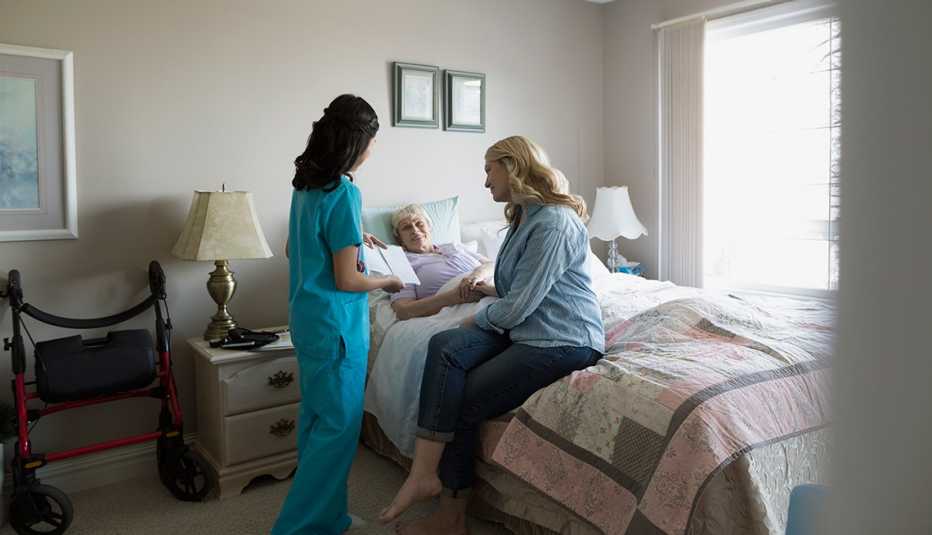AARP Hearing Center
David Griffiths couldn’t breathe.
The 69-year-old cinematographer had been losing his voice for months. Then, one night last summer, he woke up gasping for breath.
“It was frightening,” says Griffiths. “I walked around all night because I was afraid to go back to sleep.” The next day at Mount Sinai Hospital in Manhattan, an ENT (ear, nose and throat doctor) probed Griffiths’ throat and discovered a huge white tumor wrapped around his larynx — crushing his windpipe, his esophagus and his vocal cords. Doctors rushed Griffiths into surgery to place a breathing tube in his throat and, over the next few days, inserted a feeding tube in his stomach and a port in his shoulder for delivering medication. Griffiths would need five kinds of chemotherapy, plus radiation, to shrink the tumor and kill the cancer. He’d spend the next six months traveling to and from the hospital several times a week for outpatient treatment and IV rehydration. He was unable to work, or even ride the subway, because he couldn’t risk catching an infection. The unrelenting pain in his neck made it nearly impossible to sleep.
But unlike most people who enter the hospital with a severe illness, Griffiths had a secret source of strength: the Mount Sinai palliative care team. Comprising a specially trained doctor, nurses and other practitioners, the team helped Griffiths deal with the pain, stress and logistics of his treatment. In addition to making sure he was on the right dosage of morphine, his palliative care team helped him get rides to and from the hospital, provided a nutritionist, helped coordinate his care with all of his other doctors and answered any questions he had in between visits. “They were fantastic,” Griffiths says. “They kept a close eye on me.”
Griffiths’ experience may sound exceptional, but it needn’t be. Palliative care specialists are available at most major hospitals, and they can ease your pain, reduce your stress and perhaps even improve your chance of survival. Their services are typically covered by private insurance, Medicare or Medicaid. So why haven’t you heard of them?
To get expert tips to help feel your best, get AARP’s monthly Health newsletter.
Health care’s best-kept secret
Most people hear the words “palliative care” and think “hospice,” but they are different types of care. Hospice is reserved for when curative treatments have been exhausted and patients have less than six months to live. Palliative care, on the other hand, is a team-based medical specialty focused on providing relief from the symptoms and stress of a serious illness — care that you can get at any age and at any stage of your illness.


































































